After so many incidents, it’s established that not every update your mobile gets can make things better. There are some that either come with bugs or with glitching issues that can be very annoying from you. Similar thing happened with the iPhone when iOS 14 was released and users updated the same on their respective iPhones.

Though iOS 14 is a bundle of splendid features one can expect from Apple Inc., it brought many issues as well. Issues those soon turned into random problems that made the smooth running iPhone a sluggish one. So if you are one of those victims of slow iPhone after iSO 14 update, below is the answer you are looking for.
Tips to Make Your Slower iPhone Function Smoothly Post iOS 14 Update
Considered as the most rich-featured update an iPhone has ever seen, iOS 14 took the customization to another level. However, part-of-the-parcel thing brings issues with the update such as random iPhone restart, battery draining issue, & etc. And let’s not forget about the ultimate outcome that is the sluggishness it brings to your iPhone. So here are a few tips that can help you in iPhone-slow-after-update situations:
1. Force Restart Your iPhone
Not that it’s recommended in any of the situations, but desperate times call for desperate measures. Force restarting the iPhone has worked for many users while they were facing issues with their device. The random slow running or common troubleshooting issues have resolved, thanks to the hard resetting of the iPhone.
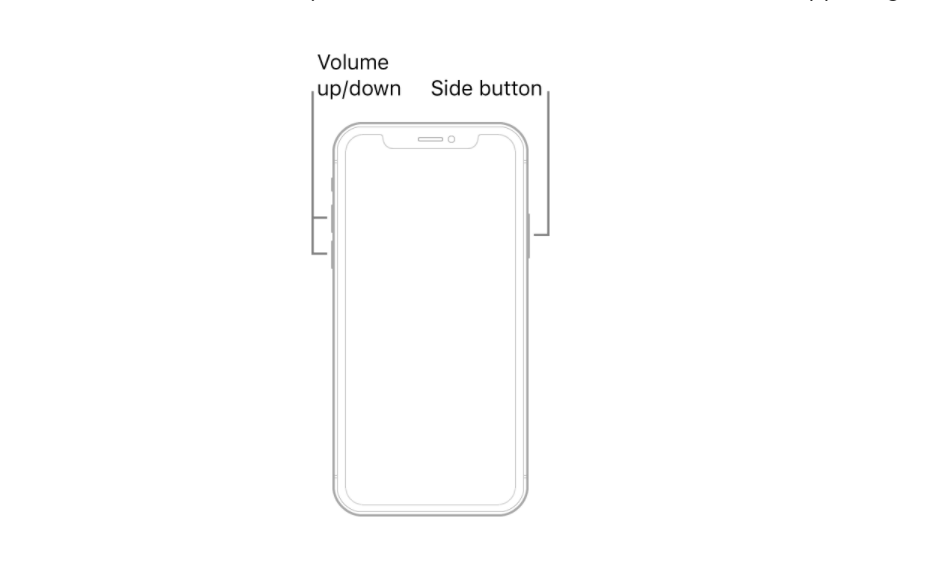
So almost all the common issues that annoy you too much while handling the iPhone, try forcing it to restart. Before going ahead with force restart, please know that every iOS device model has a different way of hard resetting. So check out the best way to force restart your iPhone here & get rid of common iPhone issues.
2. iOS Device Storage Cleaning
Sometimes it’s not the update you should blame for the sluggishness of your device. All you can do here is try to clean up your iOS device & see if everything has started working out fine. Because if your device is full of applications & other stuff, it wouldn’t have space to process the functionalities and unknowingly we will start blaming the update.
There is a high probability that your device has tons of files that are unnecessarily covering up space which can lead to the battery draining issue as well. So it’s high time that you clean out your iOS device before any irreparable damage.
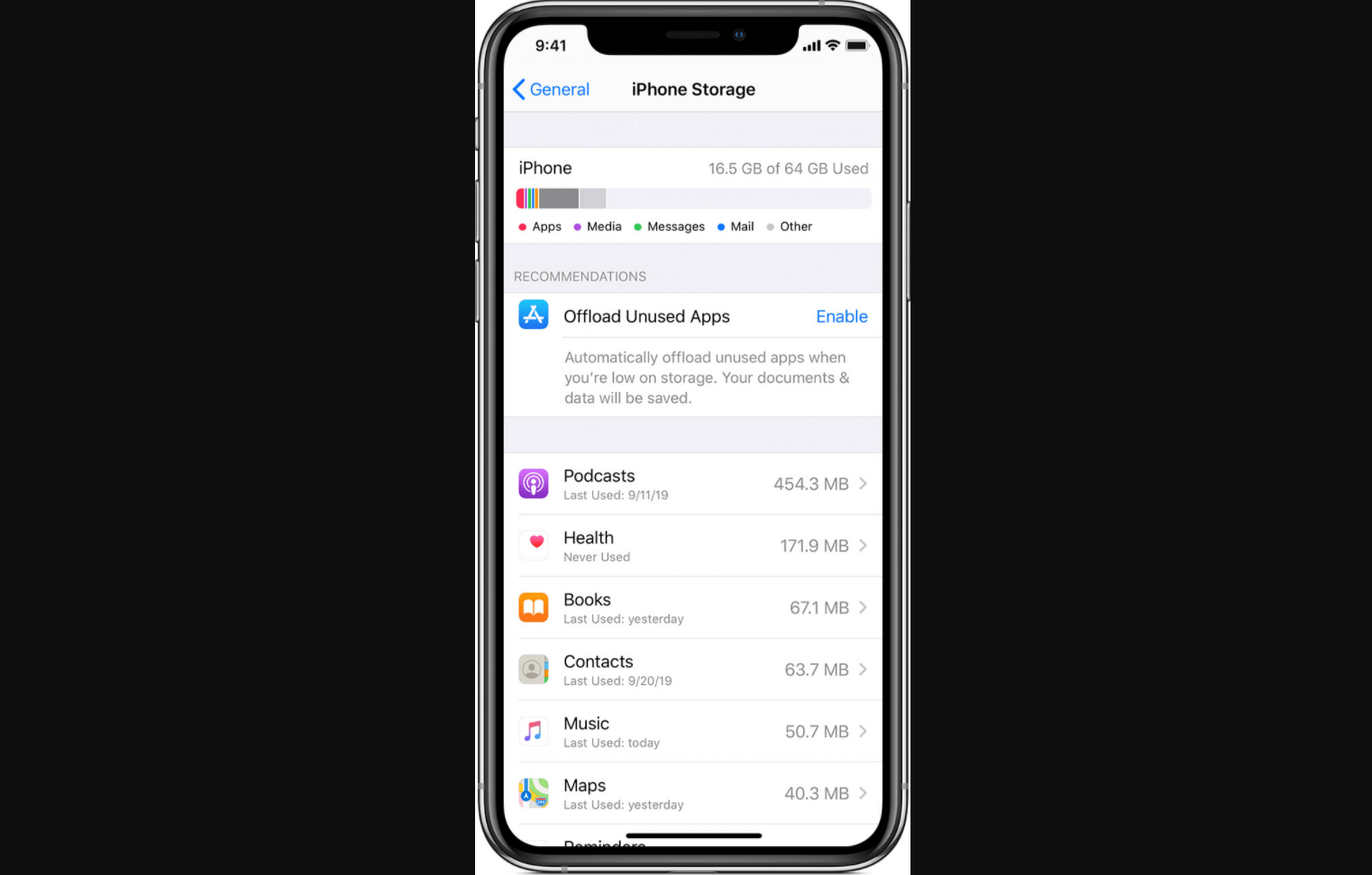
All you need to do is navigate yourself to the below path & start removing those redundant files you don’t want to associate yourself with.
Settings app > General > iPhone Storage
Don’t forget to restart your device after the cleaning up process as it will restart every process as fresh as a new one.
3. Reset All Settings
Even after applying both the above ways, your device is giving you a hard time, reset all the settings without thinking twice. Yeah!! Everything from the Wi-Fi passwords to anything you can think of, reset everything in the iOS device. In simple words, just put your device into the Factory default mode by navigating to the below path:
Settings > General > Reset > Reset All Settings
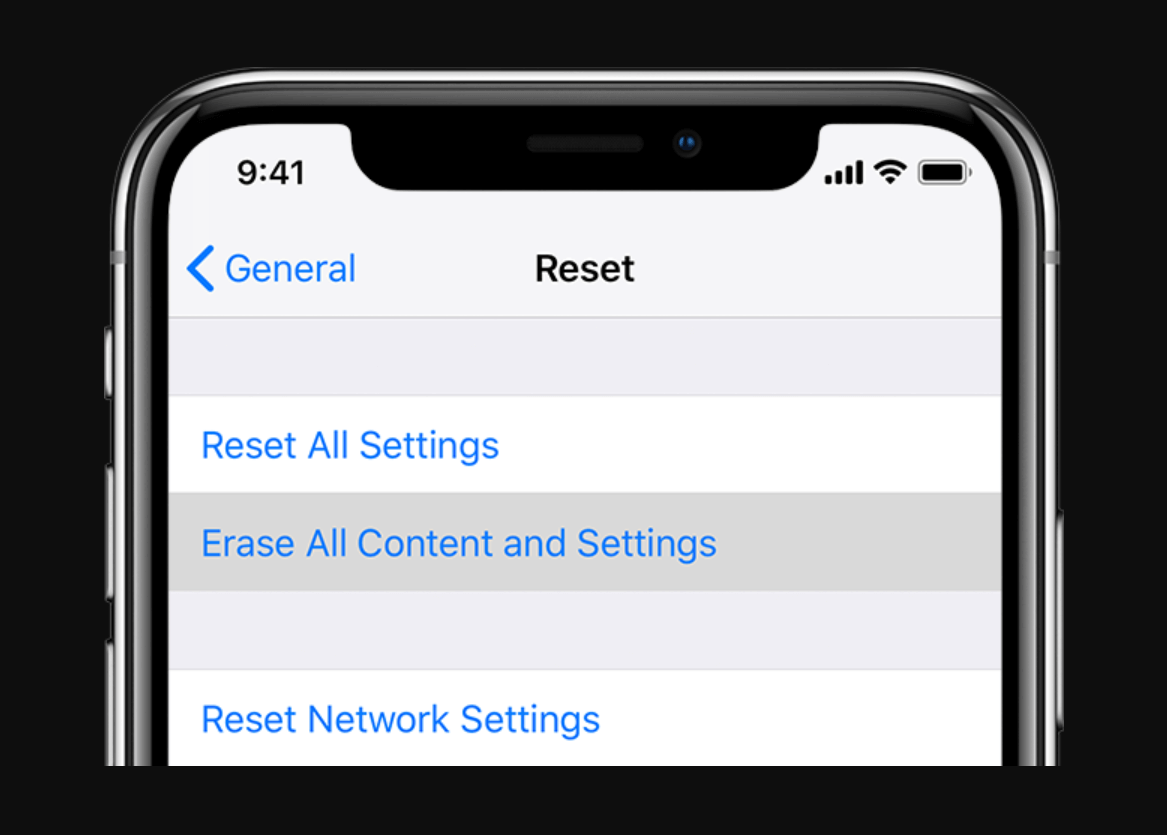
After reaching the above path & tapping into the “Reset All Settings” will take you to the process of factory reset. So evidently you will have to wait for a few minutes until the iPhone gets reset. And post the device reset, your iPhone will start functioning properly as it was when you did unbox your brand new iPhone.
4. Control Over Continuously Running Features
No matter how much you try to close them, they will keep running on the device, one way or the other. In other terms, you can call them the resource-hogging features that are there to drain your iPhone battery as well as make it slower. So it’s quite important that you have control over those continuously running features like the location service or background applications.
Please know that ignoring those constantly-running-in-the-background features can bring down your device as a whole. Moreover, since the iOS 14 update brought new features, there will be many new apps that would run in the background as customization has increased as compared to the previous updates. So be a bit aware about what programs are draining battery like anything and causing the iPhone sluggishness.
5. Keep Device Up to Date
This goes without saying, whenever your device starts behaving strangely, the very first thing you must do is look for the available software updates. In these cases, where you don’t know the actual reason behind the slower-iPhone-functioning, update the software as soon as possible. Since we all know that with every update comes new bug fixes and improvements so it’s quite necessary to do so.
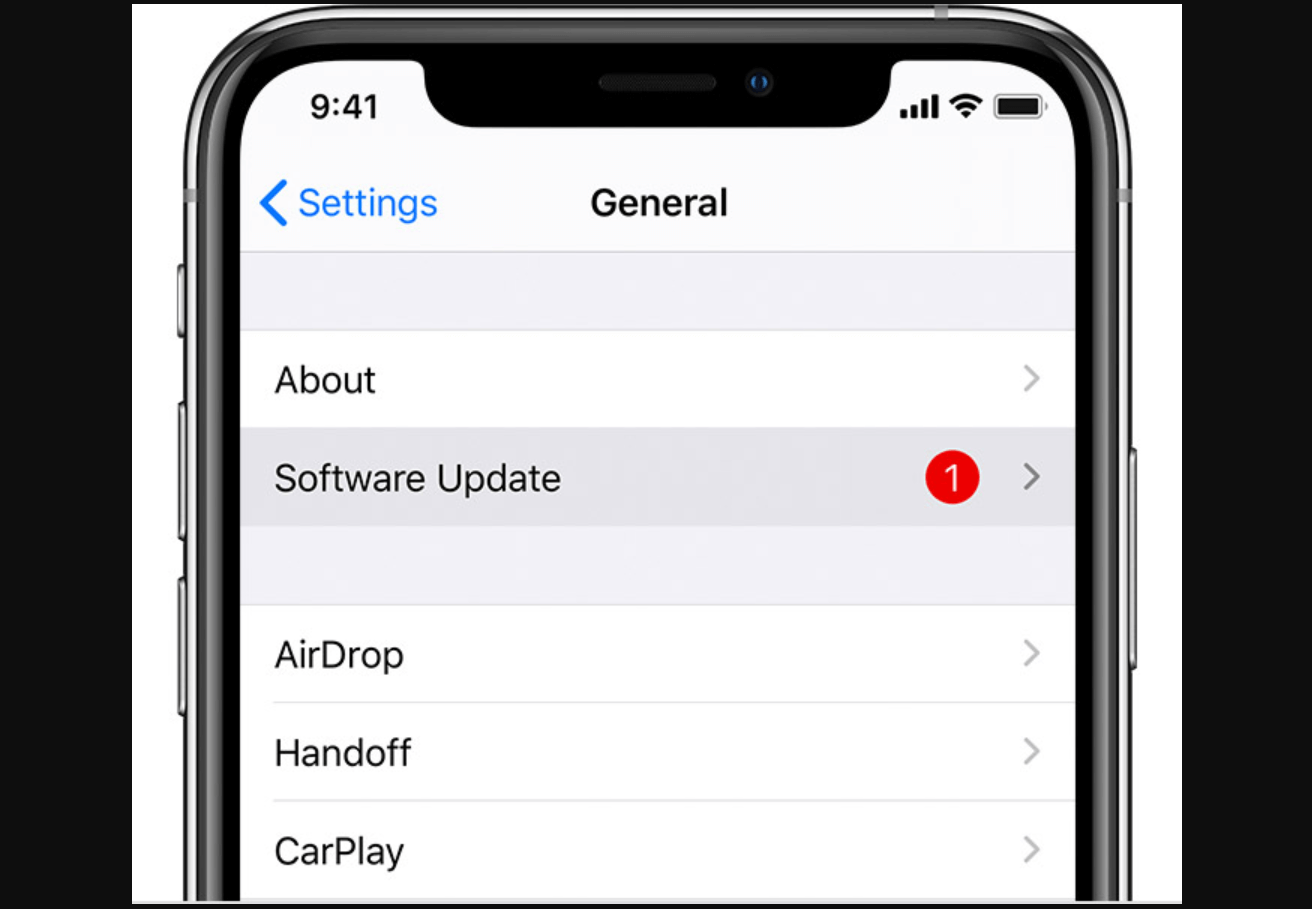
Now irrespective of the awareness about the location that leads to look for the updates (if there are any), follow the below path:
Settings > General > Software Update > Download and Install (if available)
Now among many things to consider before installing the update, please know that your iPhone must have 50% battery power (not charging) & at least 20% battery power (when connected for charging).
6. Restore Your Device With iTunes/Finder
After trying every possible solution to get rid of the iPhone-slow-after-update issue, the final one is to restore the device with either iTunes or Finder. This seems like an intense way to go for the solution but again, since nothing is working out so restoring the device can help you out here. The iOS 14 update may be behind the iPhone sluggishness, it needs to be sorted out.

In order to go for the iPhone restoration, please know that if you are using a system that runs on macOS Catalina or later, use Finder. Or for other operating systems such as Windows, go with iTunes. All you need to do is, connect your iOS device with the system & according to the operating system (choose iTunes or Finder).
Post launching the appropriate option (iTunes/Finder), select your device & tap on the Restore iPhone option. Go with the prompts & within a while your device will be as new as you can think of.
Wrapping Up
After every update your iOS device must work faster than the previous speed along with many new features. But few times, things do tend to go haywire. With new updates comes new bugs that will take time to get fixed hence you yourself need to take the matter in your hands. That is why we have mentioned here the best tips & tricks which can help you get rid of the iPhone-slower-after-iOS 14 update.
Explore all the above mentioned tips & use them thoroughly to know which one is working out best for you.
Next Read:
How to Downgrade from iOS 14 to iOS 13
Android’s One of The Best Features in iOS14
Fix: iPhone Keeps Restarting Randomly After iOS 14/13/12 Update?



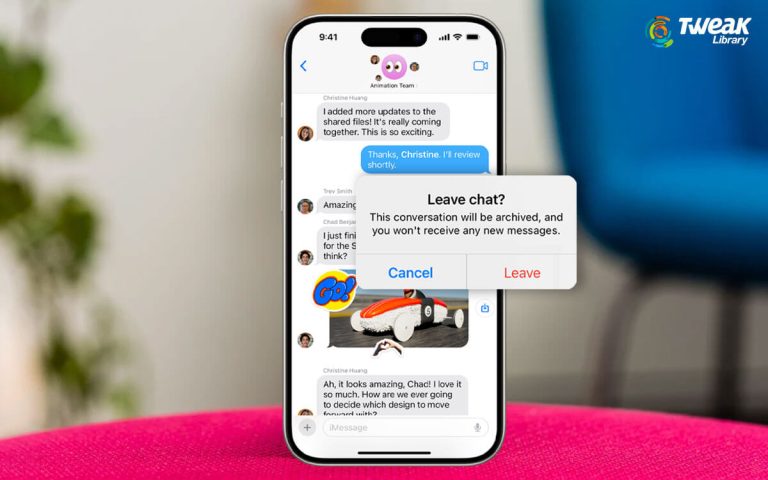


Chris Smith
Take a backup and, reset it back to factory settings!